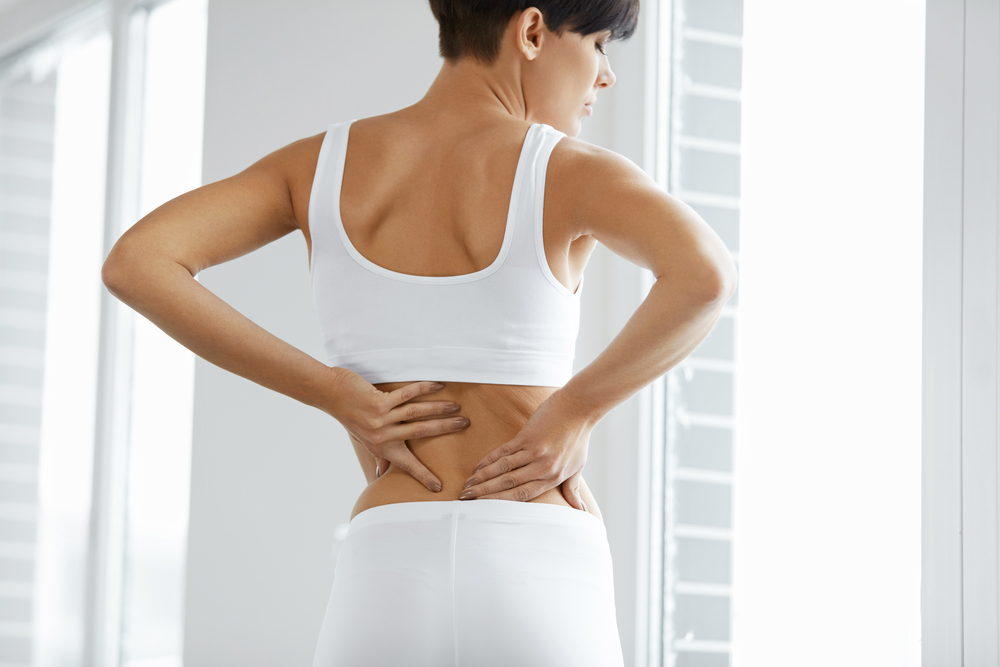GERD, which is short for gastroesophageal reflux disease, occurs when the acid from the stomach, or even bile, flows back into the esophagus. While the severity of GERD varies from person to person, flare-ups are never comfortable, so here are some tips to help you out the next time you are experiencing a GERD attack.
Loosen Your Clothing
Tight clothing is often one of the causes of a GERD flare-up, as the tightness of your clothing binds your stomach, which causes the acid to travel back into your esophagus. If you have been wearing tight clothing and experience a GERD attack, the first thing that you should do is to loosen the clothes that you are wearing, so that they release their firm grip on your stomach.

Best Foods to Eat
Many people are best off completely avoiding food during a GERD flare-up, but there are also a few foods that can actually really help with relieving the symptoms. These include bananas, crackers, ginger tea and apple cider vinegar, while sour candy, as well as sugar-free chewing gum, also trigger an increased production of saliva, which helps to neutralize stomach acid. A teaspoon of baking soda mixed into a glass of water is also a common GERD attack-reliever, as this neutralizes the stomach acid. However, be sure to drink it slowly, as you should with every beverage when you are having a GERD flare-up.
Over-The-Counter Medication
There are a number of over-the-counter heartburn remedies that you can try for GERD, and these are available at just about any pharmacy. They usually fall into three categories, with the first being antacids, which neutralize stomach acid. Next up are the H2 blockers, which limits the amount of acid that your stomach is able to produce, while your final option is PPI’s, which stand for protein pump inhibitors, and work by blocking acid production.

Stand Up Straight
Your posture can also contribute to a GERD attack, as slumping down compresses the internal organs. If you are sitting or lying own, try standing up, or, if you are already standing, stand up straighter, lengthening your torso and spine as much as possible.
Waist Elevation
While it is always better to stay standing during a GERD attack, this is not always possible, and sometimes lying down is the only option. If this is the case, you would be best off trying to elevate your waist as much as possible. An adjustable bed is ideal for this, although a wedged pillow underneath your waist will also do the job. While you may think that simply adding an extra pillow under your head is enough, this will only raise your head, which will not help, so try to elevate your waist instead.
GERD is a chronic digestive disease, and while some people may have an attack almost every time they eat, others only experience the symptoms after eating certain foods. If this is the case for you, it may be worth keeping a food diary so that you can keep track of your GERD triggers, and then avoid them in the future as much as possible.









